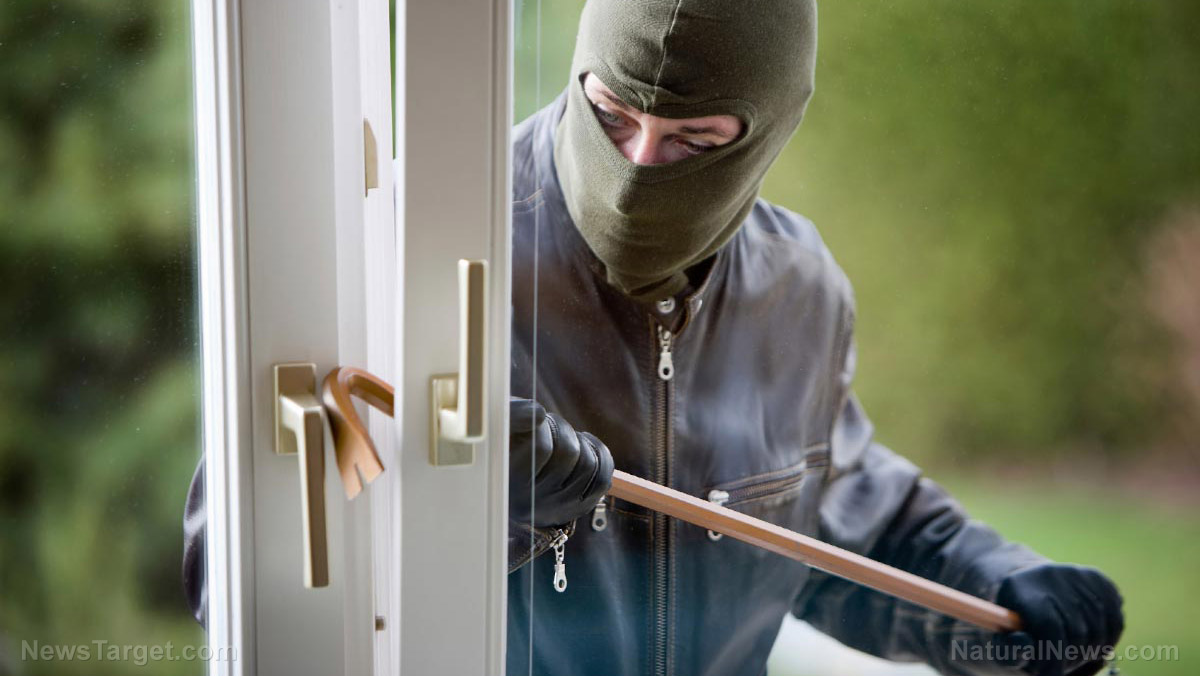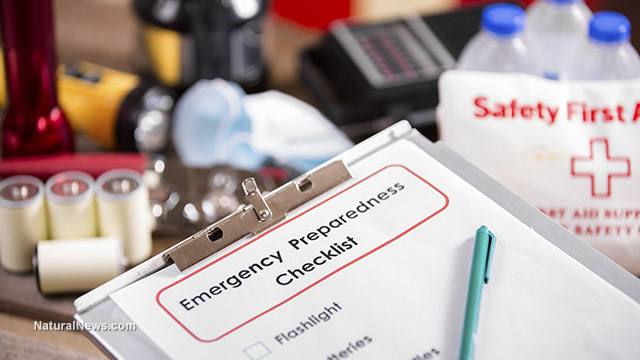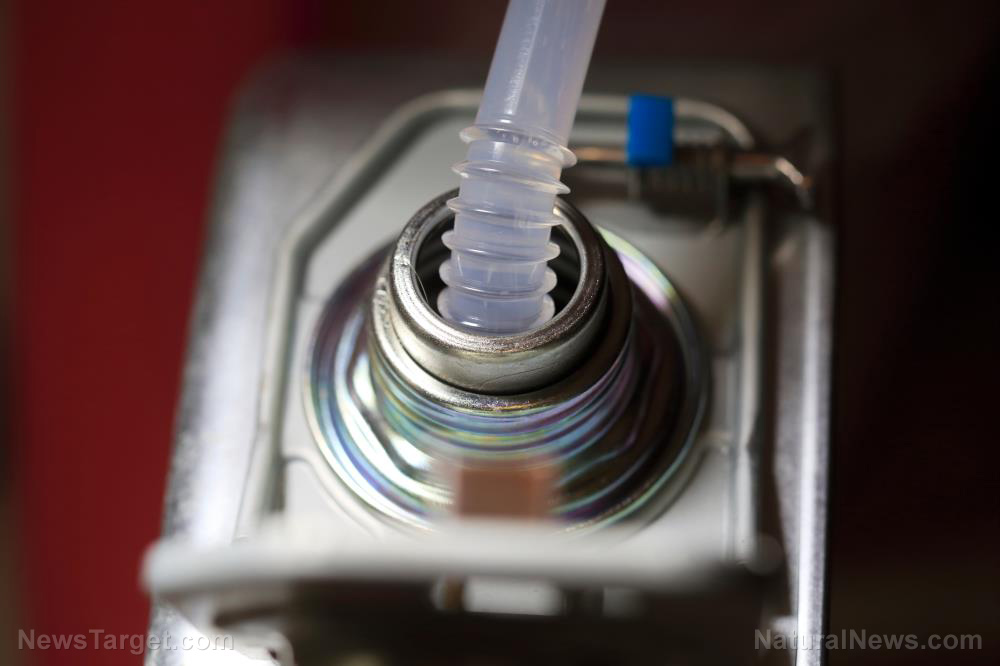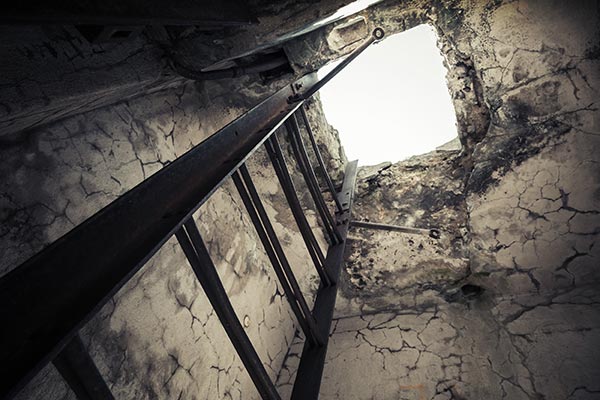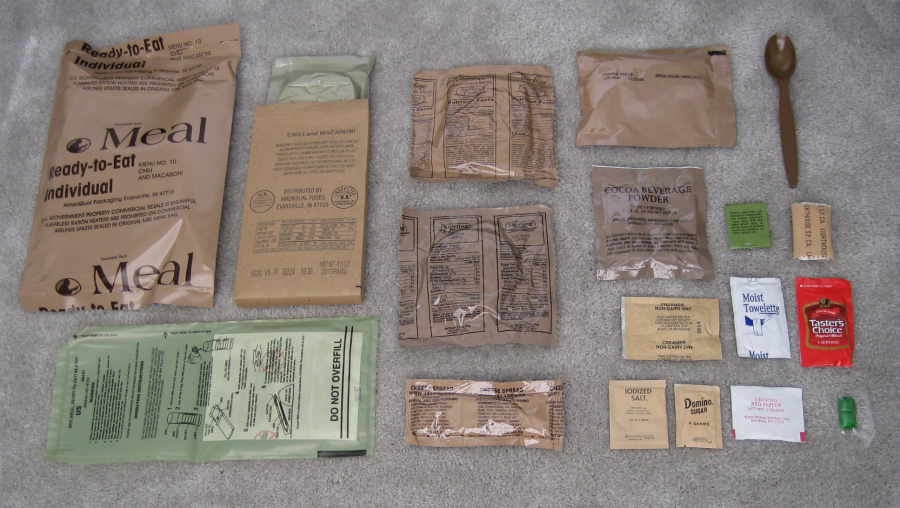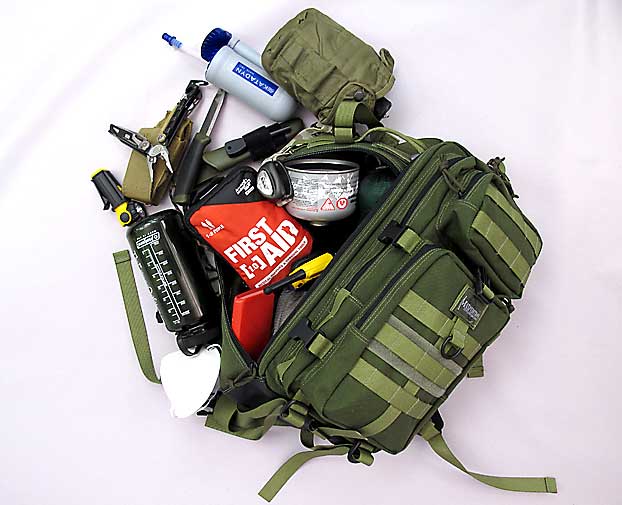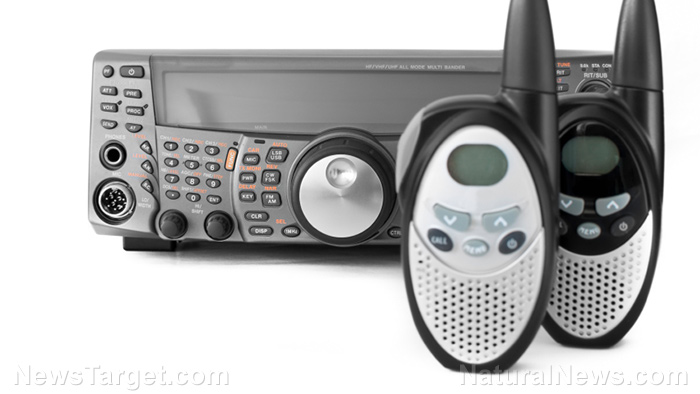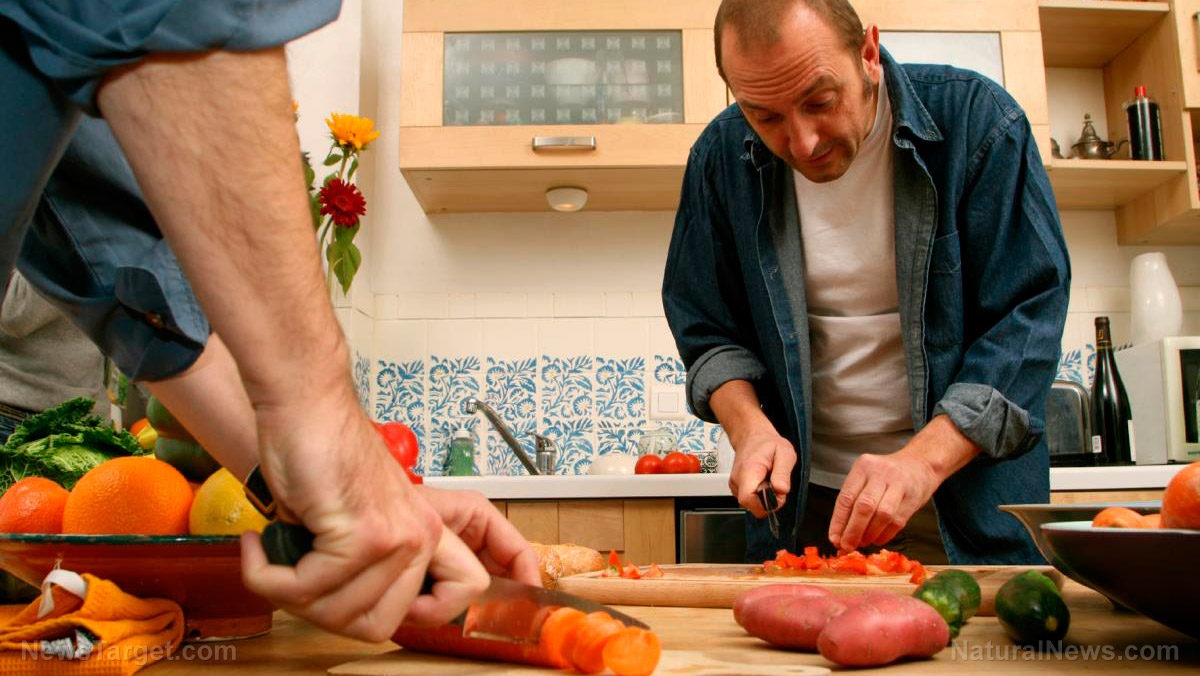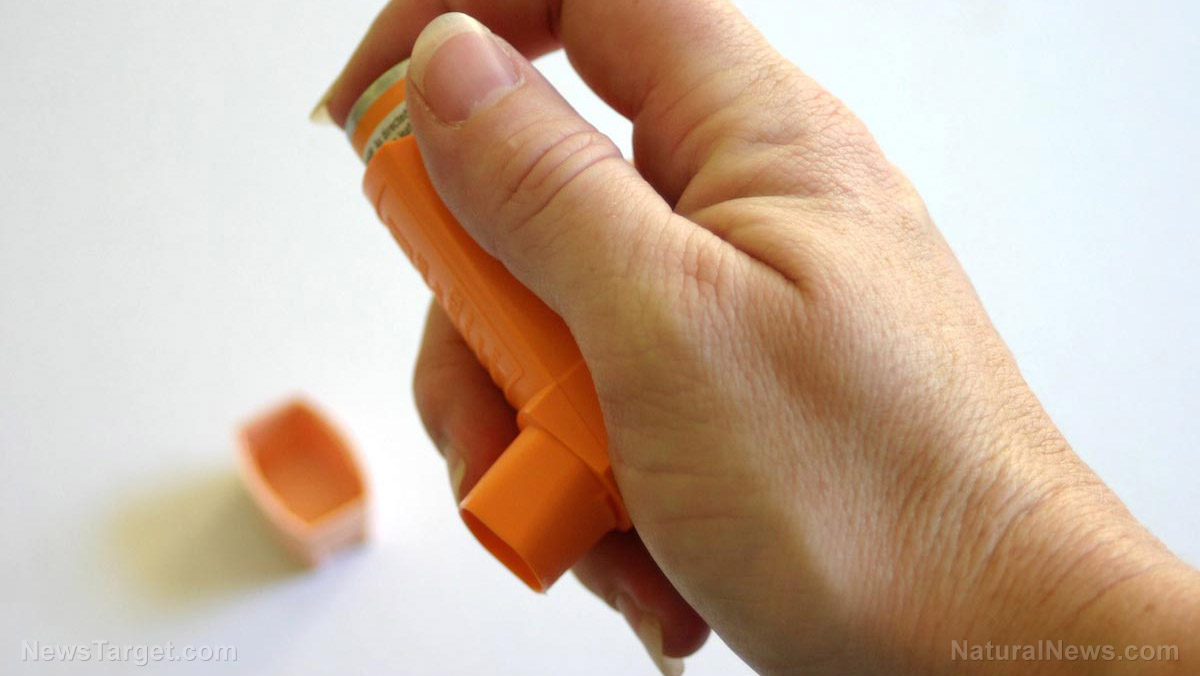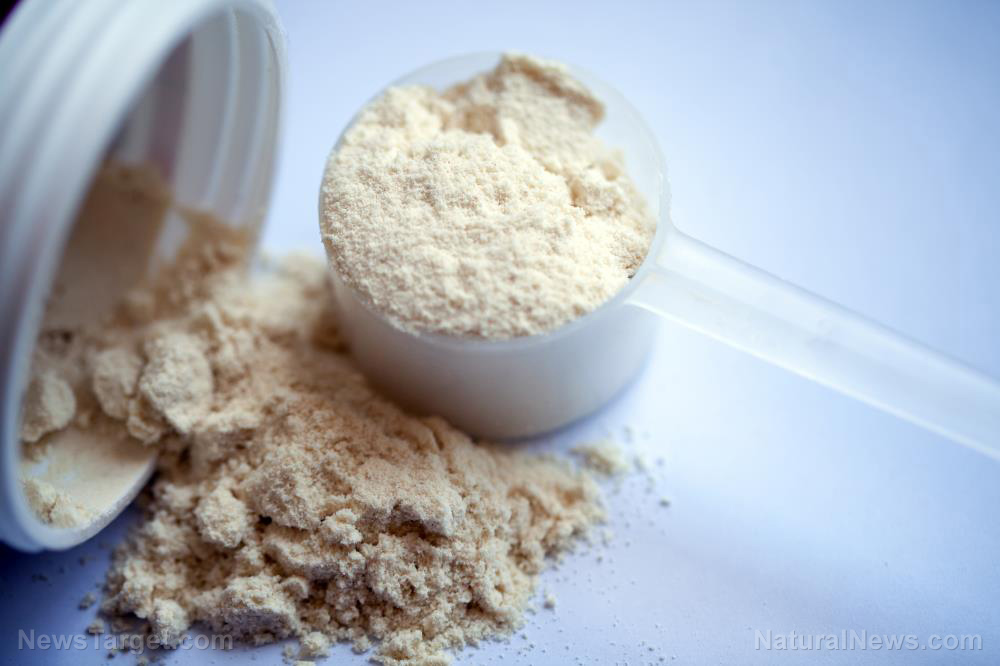SHTF sanitation and hygiene: 7 Things to disinfect regularly
08/23/2021 / By Divina Ramirez

Just because something looks clean and spotless doesn’t mean it’s germ-free. Germs, such as viruses and bacteria, are invisible to the naked eye making it hard to judge if something is free of them.
To avoid becoming infected by germs from surfaces and objects, it’s important to wash your hands frequently. But you can’t just wash your hands every time you touch something, so it’s also important to disinfect your home.
Disinfecting is meant for serious messes, such as those involving bodily fluids, making it a more common part of cleaning routines in medical settings. In the home, disinfecting is ideal for things like toilets, sinks and frequently touched surfaces like faucets and light switches. Unfortunately, many people stop there.
Here are seven things you may be neglecting to disinfect regularly: (h/t to ApartmentPrepper.com)
1. Cell phone
Though you may not frequently share your cell phone with others, you can transfer germs from your hands to your cell phone, which can then transfer easily onto your face when you take a call.
To clean and disinfect your cell phone, wipe it down first with a dry, soft cloth to remove visible dirt and dust. Disinfect the screen by spraying a paper towel or microfiber cloth with a disinfectant and wiping it down. Disinfect the back cover and the sides as well. Never spray a disinfectant directly on your cell phone.
2. Reusable water bottles
Water bottles, particularly reusable ones, are high-use items that most people take with them to many places, like the gym and their place of work. Whether you’ve unknowingly set it down on a dirty surface or knocked it onto the floor during the course of the day, chances are your water bottle is covered in germs.
If your water bottle is dishwasher-safe, you can simply load it into your dishwasher. Otherwise, wash your bottle by hand with soap and warm water. Remove any attachments and wash those thoroughly. If your bottle has a strong odor, rinse it with baking soda and water. (Related: Homesteading hacks: 3 Non-toxic dishwasher rinse aid recipes.)
3. Toothbrush
Toothbrushes are used at least twice a day. Yet many people rarely think about cleaning it since it’s often used with toothpaste, a cleaning agent. However, your toothbrush can get dirty and gross really quickly if you leave it on your bathroom sink.
To clean your toothbrush, soak it in mouthwash for 10 minutes. Rinse and allow to air dry. Make sure to replace your toothbrush every three months or sooner if you’ve been sick.
4. Toothbrush holder
Toothbrush holders are one of the dirtiest items in the bathroom. All kinds of germs and microorganisms can be found on toothbrush holders due to their proximity to the toilet. If your toothbrush holder is dishwasher-safe, clean it once a week on the sanitizing cycle. Otherwise, give it a thorough hand wash with soap and hot water. Wipe down any obvious dirt with a disinfecting wipe.
5. Kitchen sponges
The item you use the most to clean dishes and countertops is actually the germiest thing found in most homes. Kitchen sponges, as well as dishrags, can pick up bacteria during the cleaning process. If not disinfected between uses, sponges can be a hotspot for germs.
To disinfect your sponge, throw it in the dishwater. If your sponge hangs out in a holder all day long, disinfect that as well. Replace your sponge every month.
6. Remote controls
Remote controls are covered in germs due to how often they are touched. It’s a good practice to disinfect your remote controls, as well as other high-touch electronic devices like keyboards, with disinfecting wipes on a weekly basis. Wring the liquid out first so you don’t damage the device.
7. Purse or backpack
Your purse or backpack can also be a hotspot for germs, especially if you tend to set it down on the floor while you wait somewhere or when you go to a public restroom. Before disinfecting your bag, clean it out and vacuum the inside to get rid of crumbs. Wipe down the front, back and bottom with a disinfecting wipe. Clean and disinfect your bag at least once a week.
Keep your home germ-free by regularly disinfecting high-touch surfaces and objects in your home.
Sources include:
Tagged Under: hygiene, preparedness, prepper, prepping, sanitation, SHTF, tips
RECENT NEWS & ARTICLES
COPYRIGHT © 2017 OFFGRID NEWS

